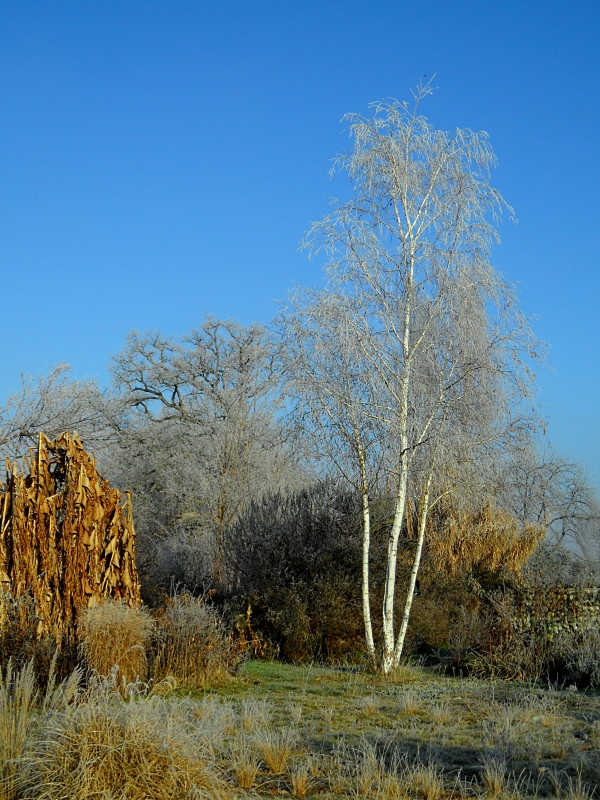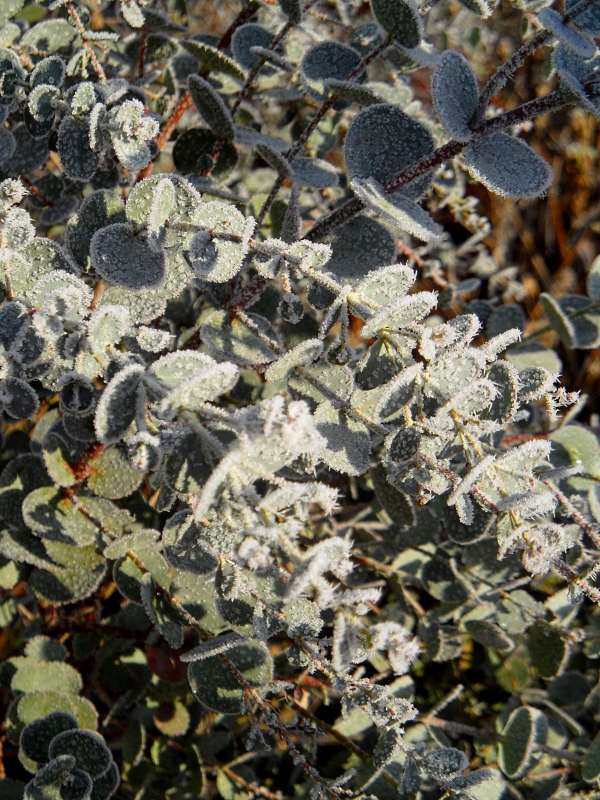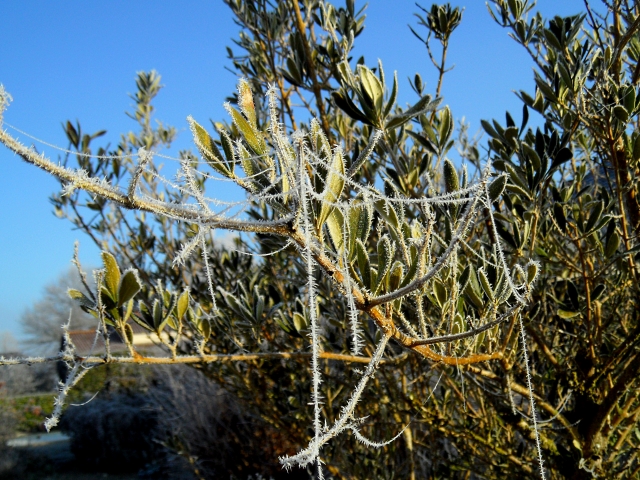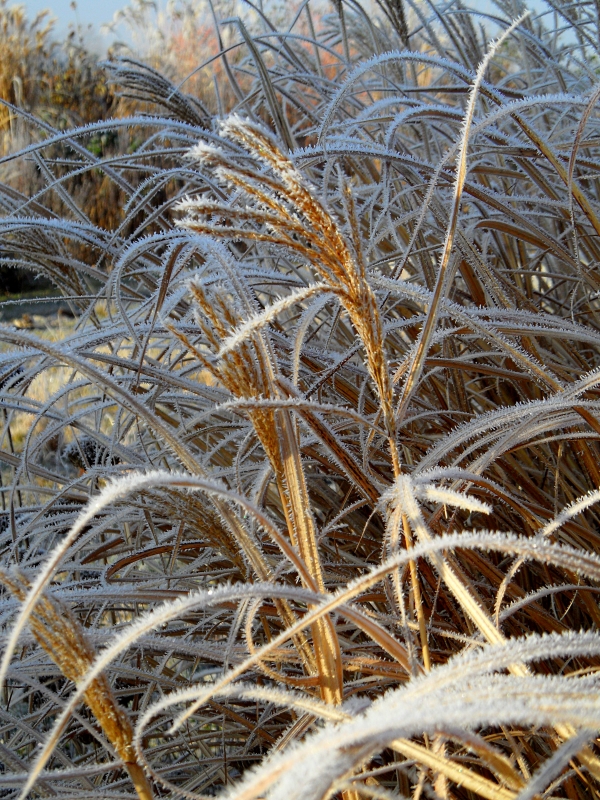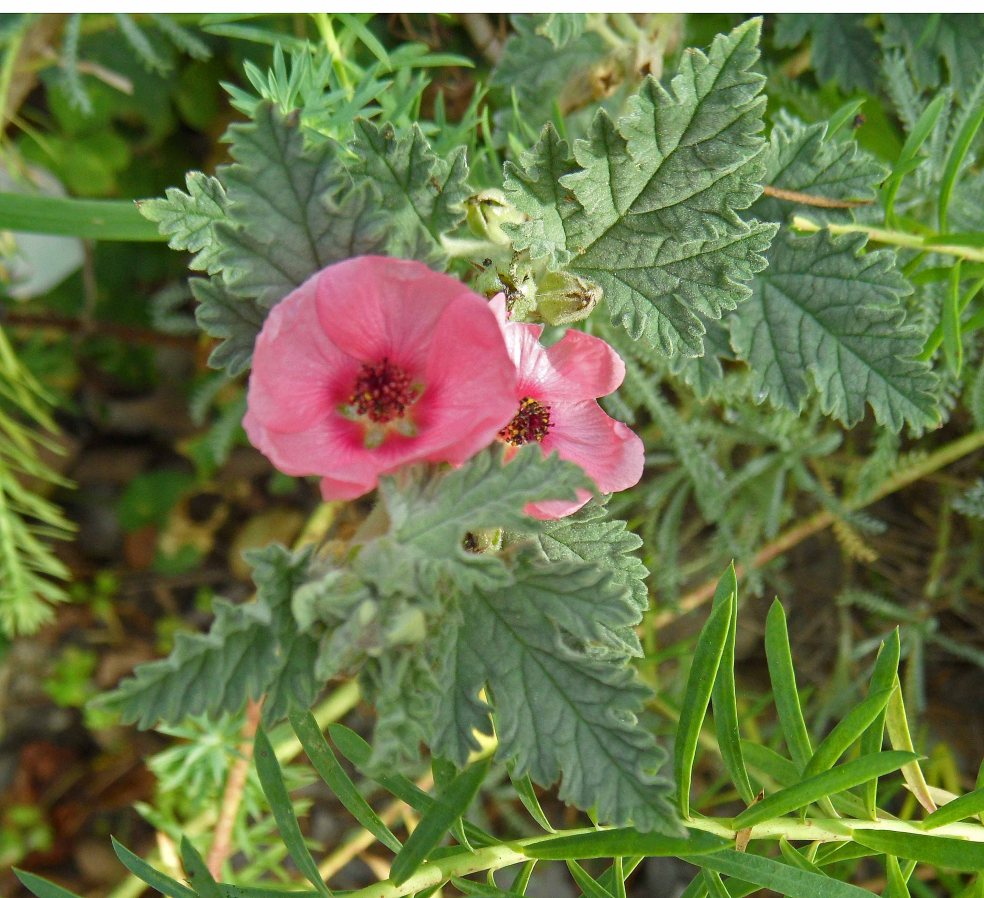
The last two weeks of June were a flurry of gardens, visiting friends and reprogramming my eyes to a different kind of English luxuriousness and verdant views. More of all of this in time. But coming back home on Saturday evening to 11C and pelting rain, we lit the woodburner to warm ourselves and our frozen housesitters. Venturing out early on Sunday morning, with eyes still working to English levels of greenness, I was aghast. The garden looked as if it had had a blowtorch taken to it. More than a week of temperatures in the high 30Cs and not a drop of rain, not to mention hot winds had really taken its toll, despite the care and attention of the housesitters.
But. As my eyes adjusted back to my own garden, I actually had a lot of cause for celebration which I came to see as I went round looking in detail. First of all, not much had actually died. I may have lost one Rhamnus frangula ‘Fine Line’, but the other one is recovering even now, and so maybe it will too. Burnt edges could be seen everywhere, but not much actual death. And, this early July period is a bit of a ‘Potter’s Wheel’. It’s always the time where the earlier summer flowering has gone over and the mid to late summer plants haven’t yet hit their stride, and really I should know this by now.
So major redesign panic over. And a few days later, with sight fully restored to normal settings, I was able to appreciate the plants that had persevered and come through. And there were one or two real surprises in the mix. For example, new to me this year, was Kalimeris incisa ‘Madiva’– and it has proved a real stalwart. In a new area, which I suspect does actually have some spring activity deep down, it is blooming really well, along with clumps of my cheap-as-chips Liatris spicata and a new annual purple millet that I grew from seed, Pennistum glaucum ‘Purple Baron’. The Kalimeris is a 0.75cms high neat clump of bright green foliage, with mauve flowers fading to white, and is very pretty. Let’s see what happens with spread and seeding, but it looks like a really good doer to me.


The next morning, in the dappled sunshine early on in a part of the border by the wall that is a right mess- project for early 2018, even though my teeth were slightly setting at the disarray, a timid Southern White butterfly was enjoying Echinacea ‘White Swan’. It seemed really good to be home.

